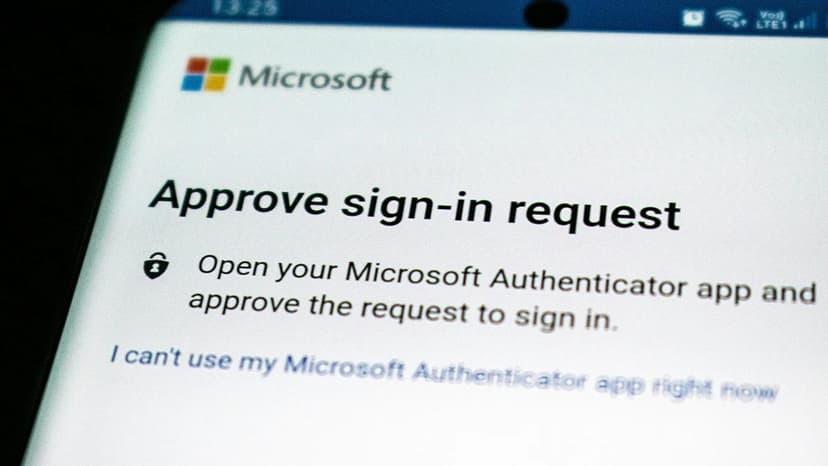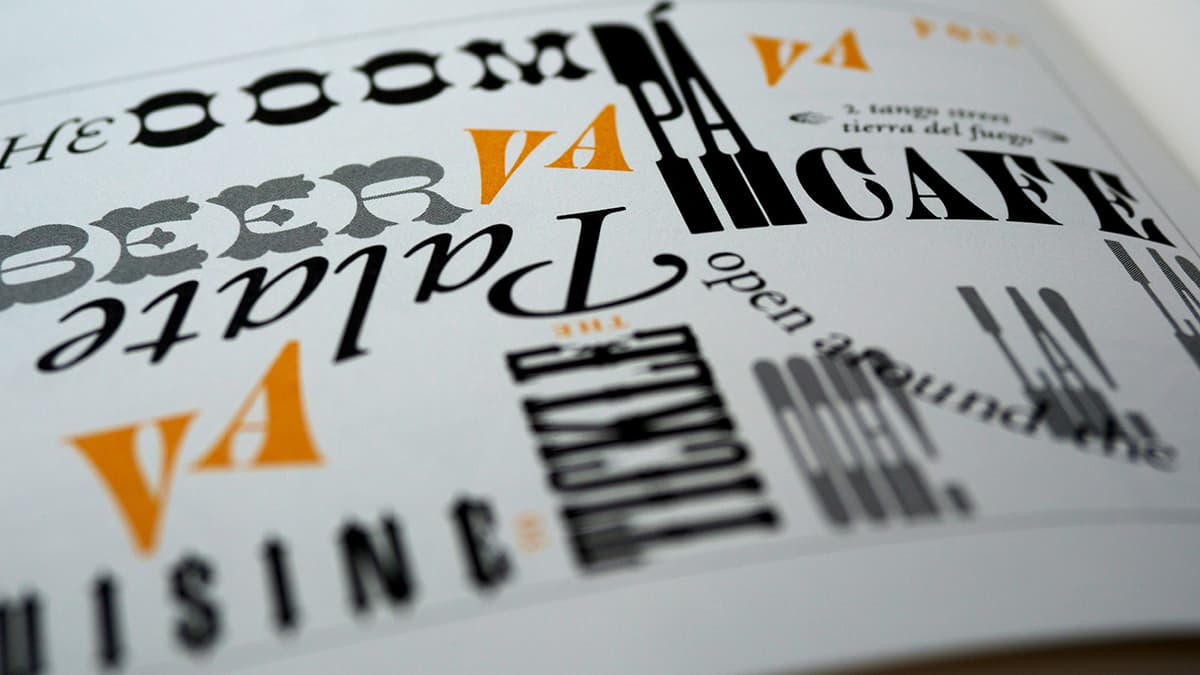What is Web3?
Web3, also known as Web 3.0, represents a paradigm shift from the current internet model dominated by centralized platforms. But what exactly is Web3, and how does it differ from the internet we know today? Let's explore this transformative concept and understand why it's poised to reshape the digital world as we know it.
How Did We Get Here?
To understand Web3, it's helpful to briefly look at the evolution of the internet. The first phase, Web1, was a static information retrieval system, often described as a "read-only" web. It was like a giant digital library where you could access content but had limited interaction.
Then came Web2, which brought us the social and dynamic version of the internet we use today. Characterized by user-generated content and the rise of social media platforms like Facebook and e-commerce giants like Amazon, Web2 enabled unprecedented interaction and connectivity. However, this era also centralized power in the hands of a few tech giants, leading to significant privacy concerns and monopolistic practices.
This brings us to Web3, a vision of the internet that aims to decentralize control, putting power back in the hands of individuals rather than corporations. Web3 is designed to be a more secure, private, and user-centric internet by leveraging cutting-edge technologies like blockchain, smart contracts, and decentralized applications (dApps).
How Does Web3 Work?
Web3 builds on the shortcomings of Web2 by introducing decentralized technologies that eliminate the need for intermediaries. Here are the core components that make Web3 work:
Blockchain
At the heart of Web3 is blockchain technology. A blockchain is a distributed ledger that records transactions in a secure, transparent, and immutable manner. Unlike traditional databases controlled by a single entity, blockchains are maintained by a network of nodes (computers) that validate and store data collaboratively.
The most well-known blockchain is Bitcoin, but the concept has expanded far beyond cryptocurrency. For example, Ethereum introduced programmable smart contracts, allowing for more complex applications that go beyond simple transactions.
Smart Contracts
Smart contracts are self-executing agreements where the terms are directly written into code. These contracts automatically perform actions when certain conditions are met, eliminating the need for intermediaries like lawyers or brokers. This automation can be likened to a vending machine: you insert a coin, make your selection, and the machine delivers your item without human intervention.
Ethereum popularized smart contracts, making it possible to automate various processes, reduce costs, improve accuracy, and speed up transactions across different industries.
Decentralized Applications (dApps)
In Web3, decentralized applications (dApps) are the new standard for user interaction. Unlike traditional apps that rely on centralized servers, dApps run on a decentralized network, often utilizing blockchain and smart contracts.
For example, a decentralized social network would distribute data management across numerous nodes instead of a single company storing all user data. This ensures enhanced privacy and security, as no single entity controls the information.
Why Should You Care About Web3?
Web3 is more than just a buzzword; it has the potential to revolutionize how we interact with the internet. Here are some reasons why Web3 matters:
Enhanced Privacy and Security
Web3 prioritizes user privacy and data security. In a decentralized network, your data isn’t stored in a single location, making it more difficult for hackers to access. Additionally, because you own your data, you have greater control over who can access it and how it’s used.
Collaboration and Innovation
By removing centralized control, Web3 fosters greater innovation. Developers can build on existing protocols without asking for permission or fearing monopoly control. This could lead to more diverse and innovative applications that challenge current tech giants and drive progress.
Financial Freedom and Inclusion
Cryptocurrencies and decentralized financial services (DeFi) are integral parts of Web3. These technologies provide financial services to unbanked and underbanked populations worldwide, offering them access to banking, loans, and investment opportunities without traditional financial institutions.
Reduced Intermediaries
Web3 reduces the need for middlemen in various transactions, from real estate to intellectual property. Smart contracts can automate and enforce agreements, minimizing the costs and inefficiencies associated with intermediaries.
What Challenges Does Web3 Face?
No new technology is without its hurdles, and Web3 is no exception. Here are some of the challenges that Web3 faces:
Scalability
Current blockchain technologies face scalability issues. As more users join the network, it becomes slower and more expensive to process transactions. Projects like Ethereum 2.0 aim to address these challenges, but there is still a long way to go.
User Experience
For the average user, navigating the world of Web3 can be daunting. Complex interfaces, numerous steps to set up wallets, and understanding blockchain jargon make it less accessible. Simplifying the user experience is crucial for mass adoption.
Legal and Regulatory Uncertainty
The decentralized nature of Web3 poses challenges for regulation. Governments worldwide are still grappling with how to regulate cryptocurrencies, smart contracts, and dApps, creating an uncertain legal landscape.
Web3 is a bold vision for the future of the internet – one that aims to democratize the digital world, enhancing security, privacy, and innovation. While it faces significant challenges, its potential to reshape the web and empower users is immense. Just as Web1 laid the foundation and Web2 brought interactivity, Web3 aspires to offer a decentralized, fair, and user-centric internet.
Whether you're a tech enthusiast, a casual internet user, or someone interested in the financial freedom offered by cryptocurrencies, Web3 is likely to impact your digital life in the years to come. The future is decentralized, and we're just beginning to unlock its potential.












